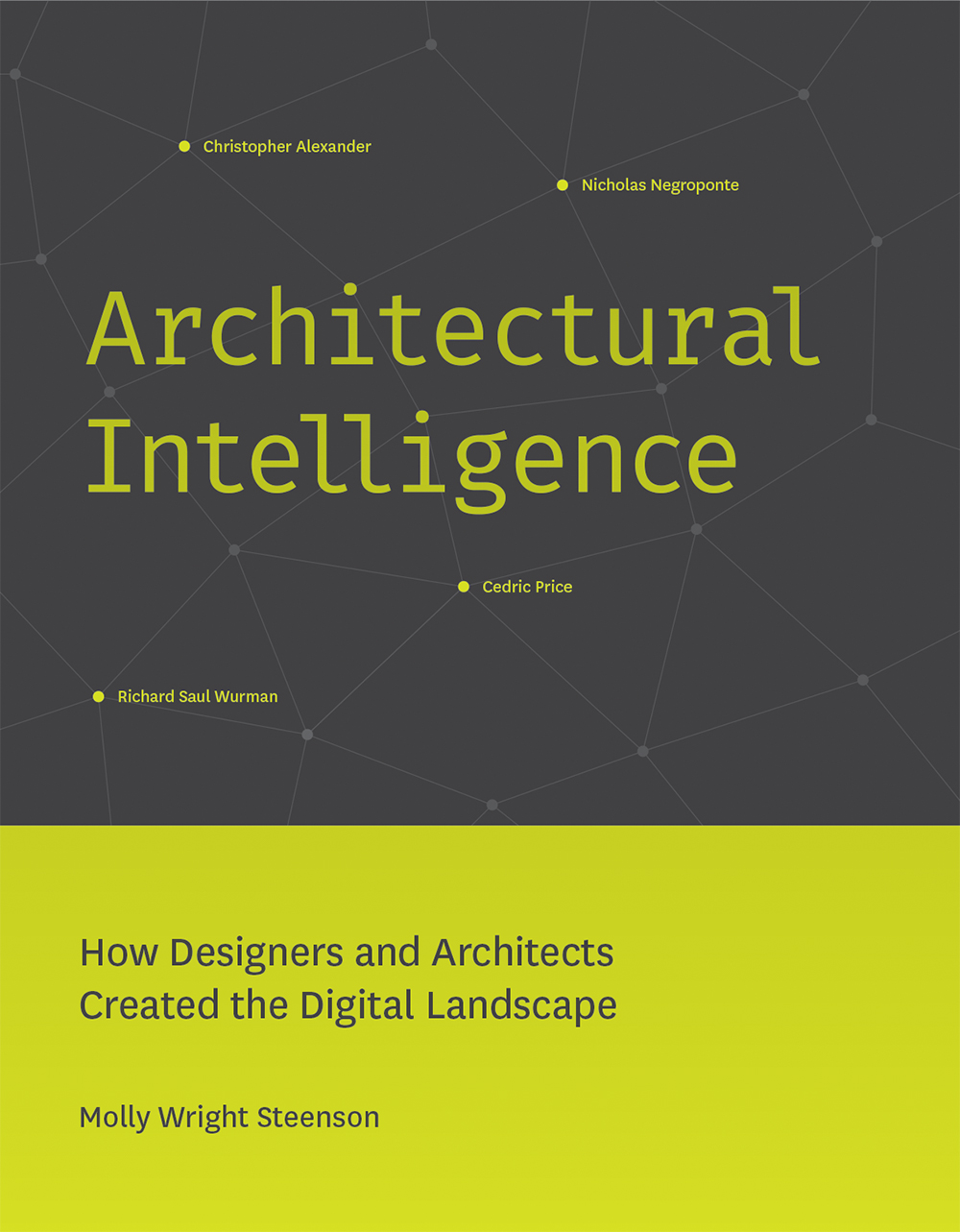I’m Dr. Molly Wright Steenson.
I’m the President and CEO of the American Swedish Institute in Minneapolis, a nearly hundred year-old museum, mansion, and cultural center in Minneapolis that explores migration, identity, and belonging, and enduring cultural ties to Sweden. I’m also Honorary Consul for Sweden for Minnesota and the upper Midwest.
I am a tenured Associate Professor (on leave) at Carnegie Mellon University in the School of Design and was the inaugural K&L Gates Associate Professor of Ethics & Computational Technologies. Previously, I was CMU’s Vice Provost for Faculty and Senior Associate Dean for Research in the College of Fine Arts. I hold a PhD in Architecture from Princeton University and a Master’s in Environmental Design from the Yale School of Architecture.
Museums transform by connecting people and ideas.
I lead a nearly 100-year-old museum and cultural center with deep meaning for our visitors. Our lens is Sweden and Swedish experience, which includes arts and culture, history, and human values, and looking stories of migration, identity and belonging. We partner with schools, museums, galleries, and social service organizations, especially in our neighborhood and its surroundings. ASI offers 450 unique programs and events a year, several exhibitions. We co-create and partner with museums, schools, and other cultural institutions in Minneapolis. We are home to the Honorary Consulate for Sweden and the King of Sweden is our royal patron.
I’ve been researching and writing about AI for 20 years.
AI is old—we’ve been using the term since 1955. I’m one of the people who writes about its deep history.mI’m the author of Architectural Intelligence: How Designers and Architects Created the Digital Landscape (MIT Press, 2017), a history of AI and architecture and design. My book is a deep dive into the work of Christopher Alexander, Cedric Price, the MIT Architecture Machine Group and Nicholas Negroponte, Richard Saul Wurman, and the ways they harnessed AI in architecture and design. Their work inspired everything from programming languages to cutting edge technology in the present day. It’s also been translated into Simplified Chinese.


If the Bauhaus were around today, what would keep it up at night? For the 100th birthday of the Bauhaus, I co-edited of Bauhaus Futures (MIT Press, 2019) with Laura Forlano & Mike Ananny. The contributions include race, gender, social justice, emerging technology, speculative design, design education, and more.
technology & ethics…
AI ethics has exploded in the last several years. But what are we really talking about when we talk about ethics? Turns out that it’s often not ethics at all, which matters when we want to design and build technologies with consequence. I held the inaugural K&L Gates Associate Professorship in Ethics and Computational Technologies at Carnegie Mellon and lead the investigation of these questions in collaboration with researchers across the university.
and pneumatic tubes.
Old infrastructures and interfaces like pneumatic tubes and reveal much about how we communicate today. Starting in the 19th century, there used to be pneumatic tube systems connecting post offices in more than 60 cities, on every continent except Antarctica. Paris had the largest network, the Poste Pneumatique, which operated till 1984.
My recent essay “A Series of Tubes” in the Missouri Review was longlisted in Best American Essays 2021. I’ve given talks about pneumatic tubes that went viral, and have written academic papers and beautiful essays on them, like this one in Cabinet. With Jesse Chandler, who records as Pneumatic Tubes, I am creating a live lecture performance with music about the history of pneumatic tubes with Christian Svanes Kolding.
I speak to audiences all over the world.
Speaking to audiences is one of my favorite things. I’ve given hundreds of talks and keynotes worldwide. I also advise & organize conferences. I was on the Advisory Board for SXSW Interactive from 1999–2015 and was the co-chair of the IxDA Interaction Awards from 2016–18.
I am a mentor.
As a professor and researcher, I spent more than 20 years working with students and faculty both to envision big, exciting projects, and then mentor them in carrying them out. I’ve advised 40+ master’s theses and a dozen PhD students. My teaching has ranged from seminars to studios to 400-student lecture classes. In my work with faculty, I’ve mentored envision the research and creative practice they want to carry out, and find the resources to make it possible. In short, I help people to dream up and succeed at the biggest things they can imagine.
I was one of the earliest user experience (UX) designers.
I cut my teeth on the World Wide Web in 1994. Since then, I’ve worked as a UX designer and strategist, design researcher, and writer, and have taught design since 2003. I built the first news-delivering website at Reuters in 1995, managed the second most-hit page on the Internet—the Netscape Search page—in 1996, worked on some of the first web-based online communities, was an online community pioneer, and co-founded a groundbreaking pop culture feminist webzine, Maxi in 1999.
I was one of the very first content strategists and user experience designers, building complex digital platforms at companies like Scient and Razorfish in the late 90s. At the groundbreaking Interaction Design Institute Ivrea in Ivrea, Italy, I was Associate Professor of Connected Communities in the early 2000s.
The name of this site, Girlwonder.com, is a vestige from my early web days. It has been online since 1995 and as Girlwonder.com since 1997.
